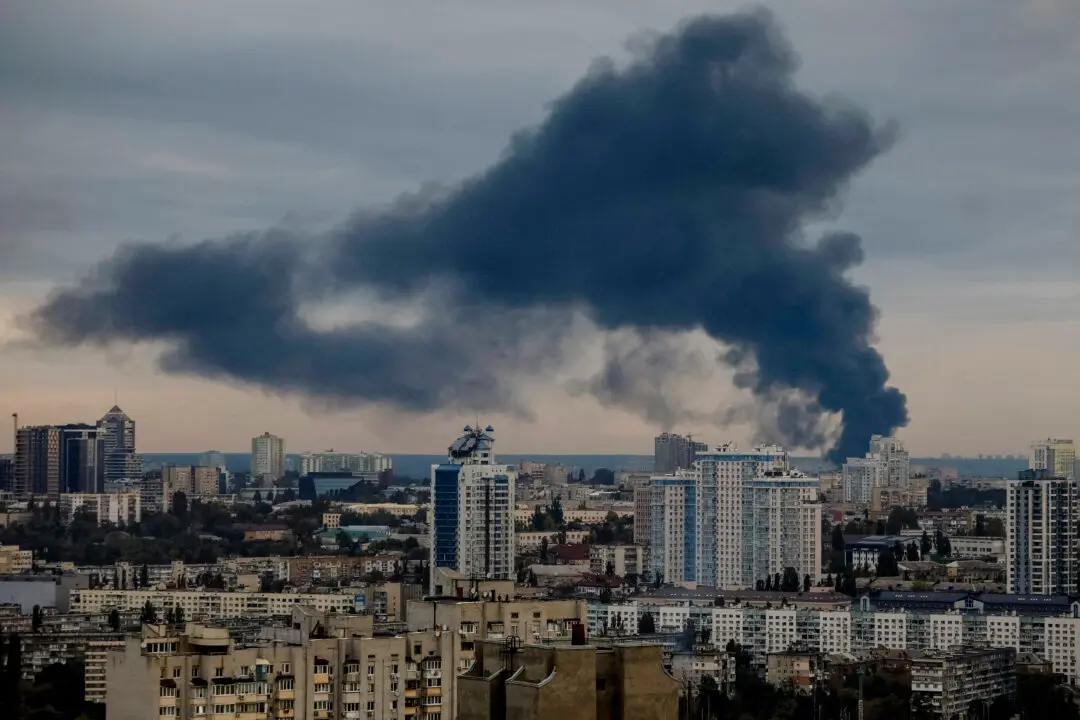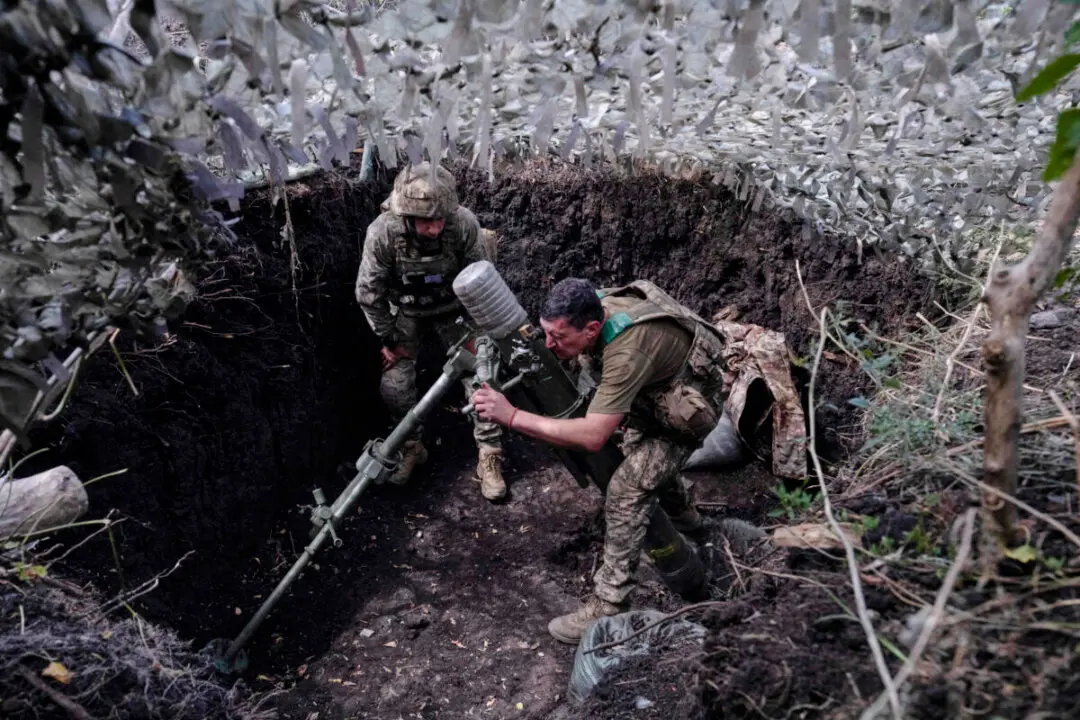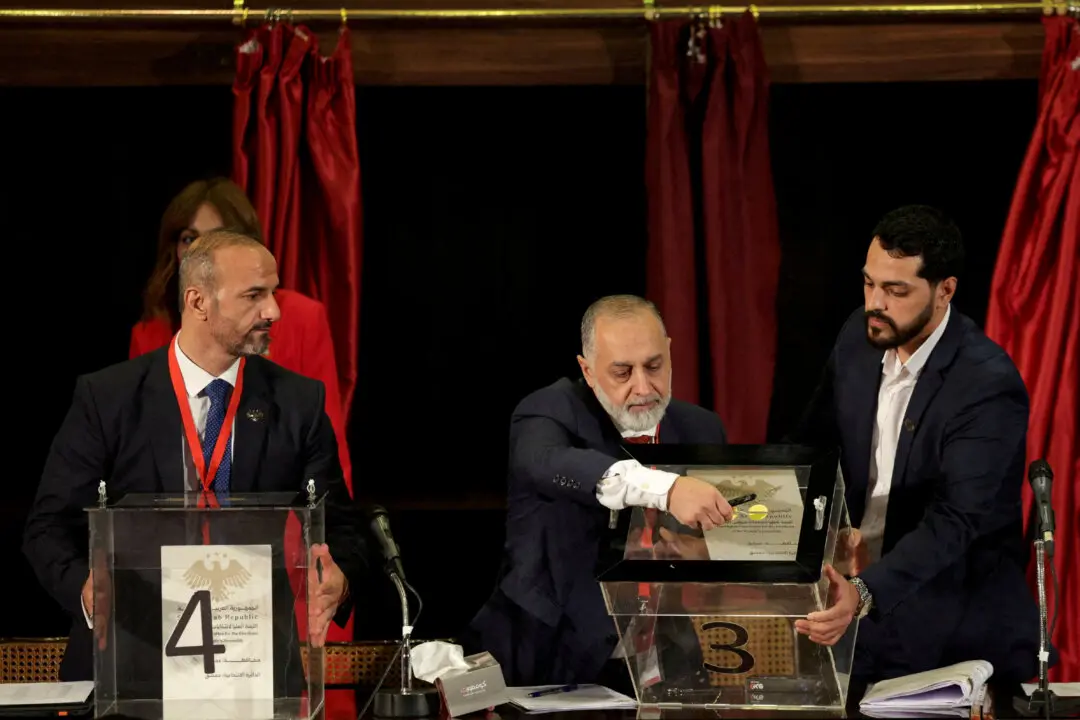As the conflict in Ukraine approaches the end of its sixth month, Russia’s so-called “special military operation” shows little sign of slowing down, despite an ongoing Ukrainian counter-offensive in the northeastern Kharkiv region.
While the two sides stabilized the front lines for the time being, intense fighting continues, mainly in the form of tit-for-tat artillery barrages.





